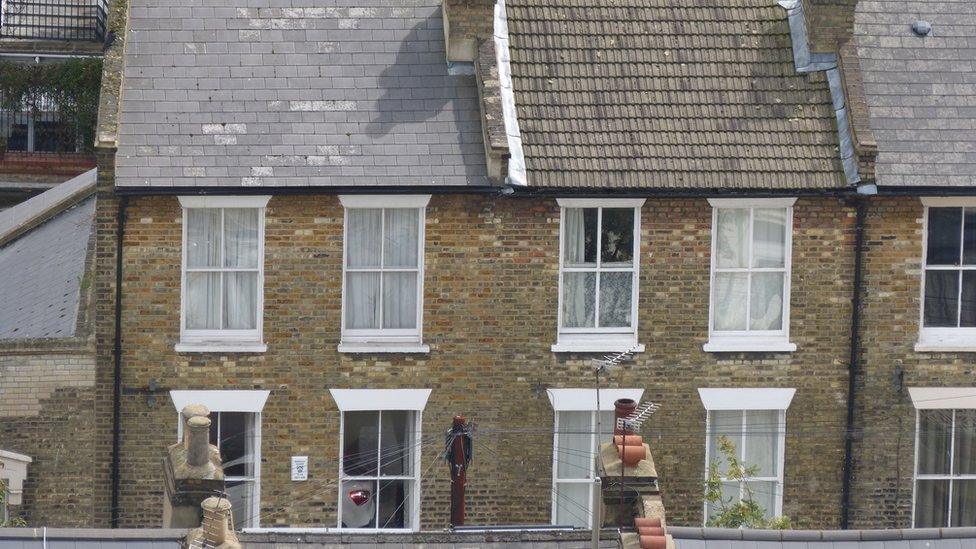Bank of England to get new powers on buy-to-let lending
- Published

The government is to consult on new powers to allow the Bank of England to rein in the buy-to-let mortgage market.
In April this year, the Bank was given extra tools to control the residential mortgage market.
Those powers could now be extended to limit borrowing by landlords who buy property to rent out.
Earlier this week, the governor of the Bank of England, Mark Carney, expressed concern about buy-to-let.
He said he was worried that if house prices began to fall, investors might sell in large numbers, which could destabilise the economy.
Limits
Now the Treasury has suggested that the Bank could order banks and building societies to limit the sums they lend to landlords.
This could either be done by taking into account the size of the loan in relation to the property's value, or by taking into account whether the landlord's rent covers his or her mortgage payments.
The Bank's Financial Policy Committee (FPC) has already implemented similar measures for ordinary household mortgages.
They mean that lenders are only allowed to give 15% of their loans to high-risk residential borrowers - in other words, those who have borrowed more than 4.5 times their income.
The Chancellor, George Osborne, said: "Ensuring that Britain's financial services sector is resilient enough to withstand future shocks is a key part of the government's economic plan."
"Today's consultation is the next step in ensuring that the FPC has the tools it needs to protect our economy."
'Challenging period'
However, figures from the Council of Mortgage Lenders (CML) suggest that the buy-to-let market is due to slow down over the next two years anyway.
That is a result of tax changes already announced by the government.
The CML said, external the total number of new buy-to-let mortgages is likely to drop by 22% by 2017.
It expects 116,000 new buy-to-let mortgages to be issued this year, the highest number since 2007.
But it expects that number to fall to 105,000 next year, and 90,000 in 2017.
"Buy-to-let faces a challenging period," said Mohammad Jamei, a CML economist.
From April 2016, landlords face an increased level of stamp duty on properties they buy.
And from 2017, the amount of tax relief on their profits is to be lowered. Landlords will also have to pay Capital Gains Tax sooner than they do at the moment.


The latest CML figures also showed that total lending to home-buyers fell by 9% between October and November.
In all, £19.9bn was advanced to borrowers, down from £21.9bn in the previous month.
